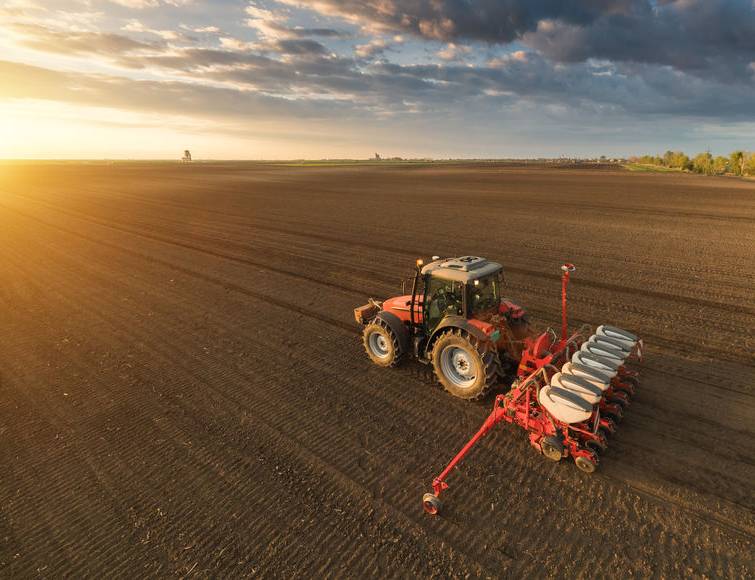Odesa farmers opened spring sowing in Ukraine

In the Odesa region, farmers have started sowing spring crops. Taking advantage of the warm February weather, farmers have already sown 7.5 thousand hectares of spring barley and 4.2 thousand hectares of peas. According to the structure of the sown areas for the 2024 harvest, it is necessary to sow 789.4 thousand hectares of spring crops, in particular 266 thousand hectares of cereals and 464.5 thousand hectares of technical crops.
Among the spring cereals, barley, peas, wheat and oats are sown, which will occupy 91.5 thousand hectares. In the group of late grains, 150,000 hectares of corn, 8,000 hectares of millet, 8,000 hectares of legumes (chickpeas and lentils), 5,000 hectares of sorghum and 2,500 hectares of rice are to be sown. Among industrial crops, the largest sown area (420,000 hectares) is allocated to sunflower, 25,000 hectares will be occupied by linseed, and 6.5,000 hectares by soybeans.
As for the situation with winter crops, it is ambiguous depending on the geographical zones of the region. In the north of the region, 90% of the crops are in good and satisfactory condition, and farmers are not particularly worried. In the central and southern regions of the region, the situation is not so optimistic, here approximately 50% of crops are in good and satisfactory condition, and the other half of the seedlings are characterized as weak and thinned.
It should be noted that Odesa agricultural producers who have irrigation systems introduce tomatoes into the crop rotation, as there are factories that need this raw material, a significant part of which was previously grown in the Kherson region. Thus, the load from the Kherson region shifted to Odesa, and today those agricultural producers who have irrigation add tomatoes to their crop rotation. At the same time, as a result of droughts in recent years, the area under sunflower has decreased in the region, and the area under peas has increased.
 Found a mistake on the site? Tell us:
Found a mistake on the site? Tell us:

 Telegram
Telegram